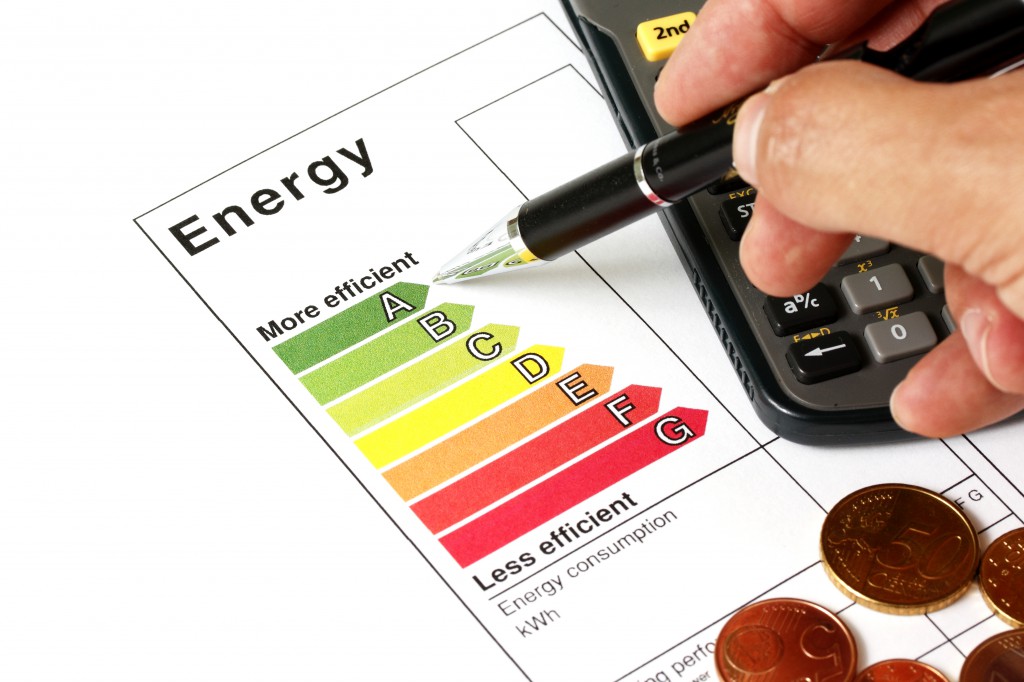A building utility benchmark is the comparison of a building to others of similar characteristics, measuring utility use in an effort to shed light on how they are performing relative to each other. With a benchmarking tool, you can rank your building on energy and water use – if it receives a low score then it may be inefficient, and if it scores high, it is more efficient on a relative basis. By comparing the results, one is able to identify areas that could be strengthened and improve overall efficiency.
According to Energy Star, a score of 50 is typical, while a 30 indicates the building is only more efficient than 30 percent of peer facilities. A score of 75 or higher means the facility is a top performer and eligible for Energy Star certification. Once you have used a benchmarking tool to score your building(s) you can target a low score with an energy audit that can identify the causes of low benchmark scores.
In some jurisdictions, utility benchmarking is mandated by local law. For example, NYC Local Law 84 (LL84), which went into effect in 2009, requires owners of large buildings to annually measure and report their energy and water consumption to Energy Star. The following is required under NYC’s LL84’s benchmarking process:
- Determine if a building needs to be benchmarked by checking the Covered Building List.
- Measure the building’s energy and water use with an online benchmarking tool.
- Submit usage data through Energy Star’s Portfolio Manager.
Further enhancing the increase in efficient, high-performing buildings, LL84 law was followed by Local Law 87 (LL87) which mandates ASHRAE Level II Audits. This is periodic energy audits and retro-commissioning measures for buildings 50,000 gross square feet or larger. PlaNYC Green Buildings & Energy Efficiency states that the audit and retro-commissioning information includes the following:
- Basic team information
- General building information
- Existing equipment inventory
- Energy end use breakdown
- Energy conservation measures identified from the audit
- Retro-commissioning measures
In alignment with annual benchmarking, these measures required by LL87 will identify specific efficiency projects and work to optimize a buildings’ energy performance – yielding efficiency and long-term savings.
The following ten cities, two states, and one county in the United States have adopted energy benchmarking and transparency laws. Even though all laws require building owners to track the energy use of their property, each vary in their specific regulations, such as the type of buildings they apply to, how the data should be disclosed, etc. Click on each to learn more about their individual policies provided by BuildingRating.org.
A recent study conducted by the Environmental Protection Agency (EPA) found that buildings consistently benchmarked reduced energy use by an average of 2.4% per year for a total savings of 7%. And, buildings that started out as poor performers saved even more.
The ability to measure and manage is the first step in improving utility efficiency and increasing cost reductions. As more and more legislation incorporates energy mandates, the analysis of utility data becomes an invaluable tool to comply with local law, measure impact as a consumer on the environment, and manage overall use and spending.
UtiliSave, LLC has been addressing their client’s energy needs for over 25 years. In addition to performing utility audits to identify operational inefficiencies and uncover refunds and savings, UtiliSave also provides benchmarking and assistance with ASHRAE Level II Audits at no cost. For more information, contact UtiliSave at (718)-382-4500 or email at info@utilisave.com


